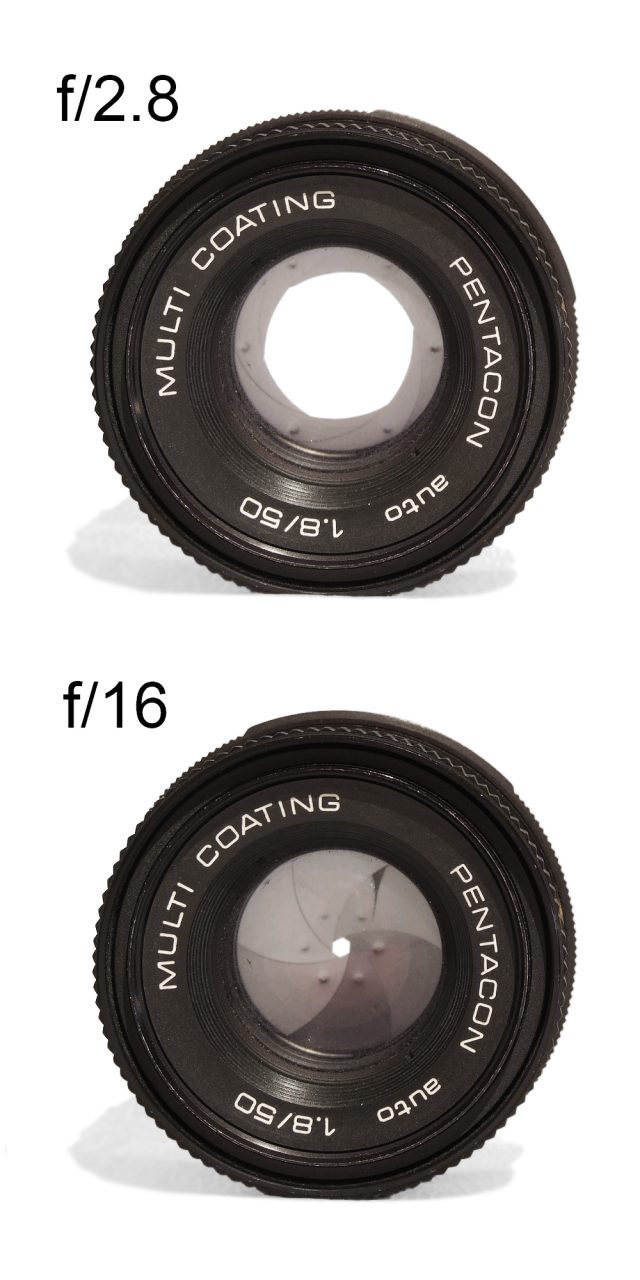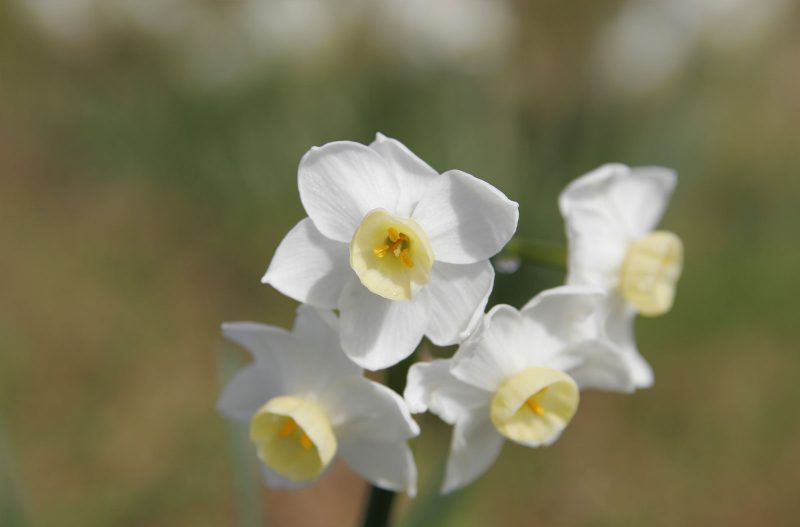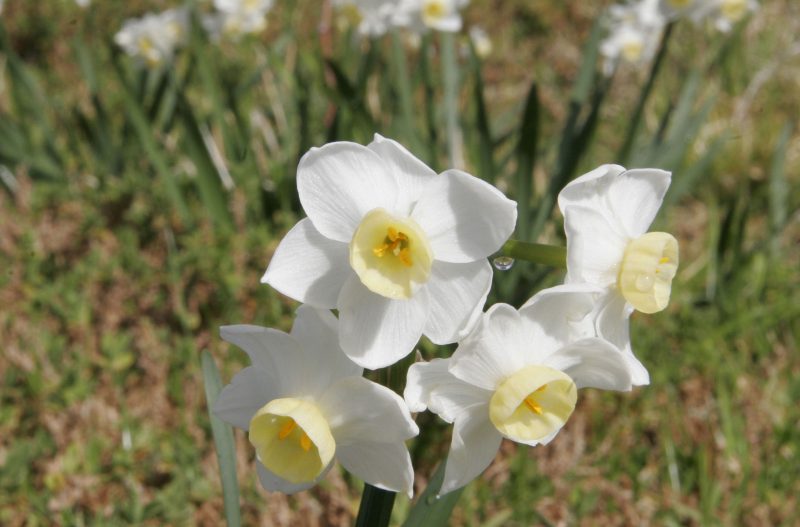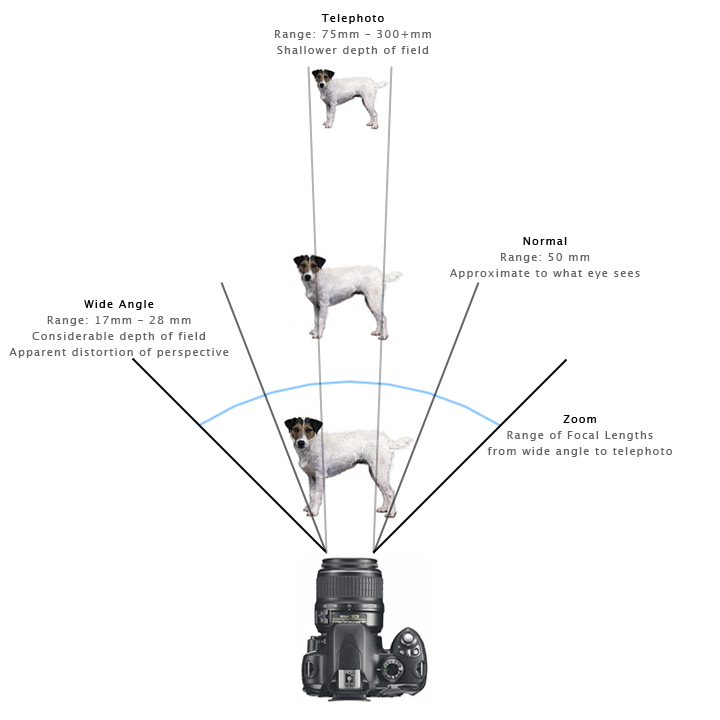4th course: Aperture, depth of field & lenses
Aperture settings explained
Aperture:
The lens aperture refers to the diameter of its opening, which is typically controlled by the iris. A larger aperture allows more light to reach the film or image sensor, while a smaller F-stop number indicates a wider lens opening.
Moreover, aperture, ISO, and shutter speed work together to form the exposure triangle. By balancing these three elements, photographers can achieve the correct exposure for their images.

A larger aperture = small F number = allows more light
A smaller aperture = large F number = allows less light

Remember: as the higher the F-number the lesser the chance of shallow DOF effect
Landscape & outdoor = High F-number
Shallow DOF = Low F number (Portraits, Sports, Etc.)
Aperture value = F value
Digital camera depth field
The depth of field:
Is the distance within which the subject is considered acceptably sharp, the depth of field varies depending on camera type, aperture opening, and the focusing distance.
The depth of field is dictated by three factors: Aperture, lens focal lens & shooting distance.
Does the aperture affect the depth field?
Several factors influence depth of field in photography. Understanding these elements helps photographers achieve the desired level of sharpness in their images.
-
Aperture Setting
First, a smaller aperture results in a deeper depth of field, assuming the other two factors remain constant. For example, when using the same lens focal length and shooting distance, an image taken at F/16 will have significantly more depth of field than one taken at F/1.4. Therefore, adjusting the aperture is a key technique for controlling focus. -
Focal Length of the Lens
Additionally, a shorter focal length increases depth of field, provided that aperture and shooting distance remain unchanged. For instance, when comparing a 28mm lens to a 50mm lens at the same aperture and shooting distance, the 28mm lens will produce a greater depth of field. As a result, wide-angle lenses are often preferred for scenes requiring extensive sharpness. -
Distance Between the Subject and the Lens
Finally, the farther the subject is from the camera, the deeper the depth of field, assuming the other two factors remain constant. For example, a subject is photographed from three meters away and then from seven meters away. the zone of sharpness in both the foreground and background will be greater at seven meters. Consequently, increasing shooting distance can help maintain focus across a larger area of the image.

F/5

F/32
Digital camera lenses explained
Lenses:
Cameras use three basic types of lenses: standard, wide-angle, and telephoto. The focal length, measured in millimeters, determines a lens’s power. A 50mm lens is the standard for a 35mm camera and is classified as a prime lens. However, any lens with a shorter focal length is a wide-angle lens. On the other hand, a longer focal length makes it a telephoto lens.
Photographers often choose wide-angle lenses for landscape photography. The most common options include 18mm, 24mm, and 28mm lenses. As a result, these lenses capture a wider field of view, making them ideal for scenic shots.
In contrast, telephoto lenses are perfect for capturing action at sports events. Photographers at the end of the pitch use these lenses to get excellent close-ups. Additionally, telephoto lenses help reduce depth of field, making the subject stand out.
Meanwhile, macro lenses specialize in close-up photography. Although they share similarities with standard lenses, they focus much closer to the subject. Common focal lengths include 50mm, 55mm, 90mm, 100mm, and 105mm. Moreover, longer focal lengths are useful for photographing subjects that might be easily scared away. Furthermore, macro lenses provide high optical quality, making them a great choice for detailed shots.
Finally, fish-eye lenses create extreme distortion, resembling a fish’s perspective. With a 180-degree angle of view, they make the center of the image appear to bulge. At the same time, the top, bottom, and sides seem to recede, creating a dramatic effect.
Focal length:
The focal length of a lens is defined as the distance in mm from the optical center of the lens to the focal point
Typical focal lengths:
< 35 mm = Wide angle
50 mm = Normal lens
80 mm = Telephoto lens
300 mm = Super Telephoto lens
Focal length examples
The angle of view:
The following diagram illustrates the AOV for different types of lenses.

